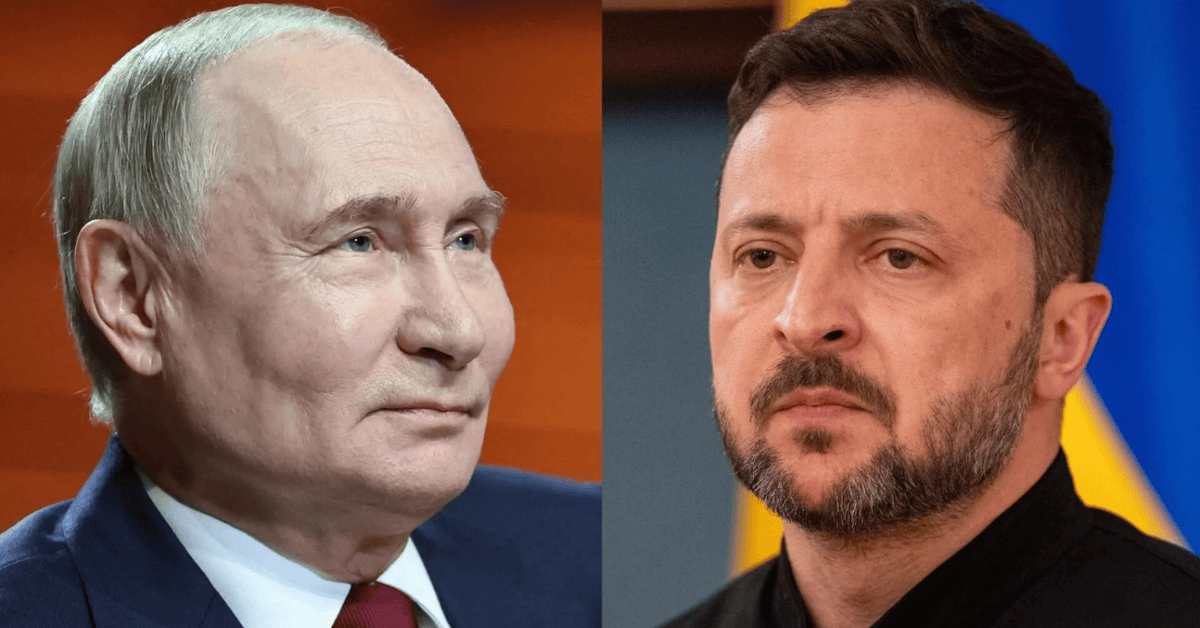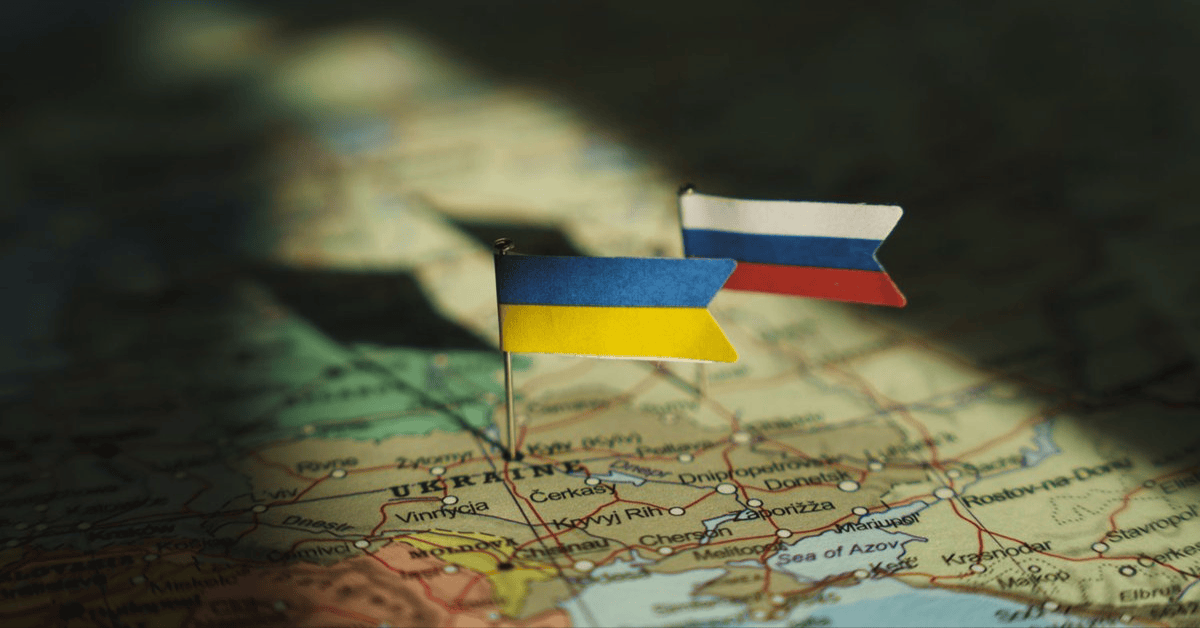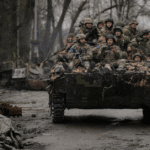Wait—Was the Russia-Ukraine War Really a Scripted Show?
It started like a scene from a bad spy movie. Tanks rolling. Sanctions flying. CNN on loop. Everyone shouting “World War III!” from their couches. But here’s the kicker—what if a lot of it was… scripted? Not in the “everyone’s acting” kind of way, but in the “this was planned, provoked, and perfectly misunderstood” kind of way.
Sounds wild, right? But once you dive into the timeline, economic chess moves, secret handshakes, and even a Ukrainian president who was literally an actor playing a president—yeah, things start to look way too neat.
In this deep dive, we’ll break down how the Russia-Ukraine War—yes, that war—wasn’t just about bullets and borders. It was about gas pipelines, tech monopolies, media manipulation, and a masterstroke of geopolitical theater.
Welcome to the great unraveling of how the Russia-Ukraine war is actually scripted.
Chapter 1: Russia and Ukraine—Once Upon a Soviet Time
Before the tanks and TikToks, there was a long, complicated love-hate relationship.
Back in 1954, Russia literally gifted Crimea to Ukraine. Like handing over a family heirloom and saying, “Here, take care of it.”
Till 2013, they were close. Not BFFs, but cousins who still attended family weddings.
Ukraine was one of Russia’s most trusted partners in the region—culturally, economically, and strategically.
But in 1991, the USSR fell apart like a soggy sandwich. Ukraine got independence. Russia got salty. And things got tense—fast.
Chapter 2: How the West Played Third-Wheel—and Broke the Bond
So what changed?
In 2014, Ukraine flirted with the EU. Signed an association agreement, waved goodbye to the old Russian influence, and whispered sweet nothings to Brussels.
Russia? Furious. Felt betrayed.
This wasn’t just politics. It was personal.
Then the real moves began.
Russia took back Crimea in 2014.
Armed conflicts popped off in Donbas.
Ukraine cozied up to NATO and the West.
Russia saw red—not just on the flag.
Chapter 3: The War Begins, but the Real Fight Was Always Deeper
On February 24, 2022, Russia invaded Ukraine.
And the world exploded—on Twitter.
But here’s where it gets suspiciously strategic:
The U.S. and Europe responded with sanctions so heavy, they were supposed to crush Russia’s economy.
Russia knew this. Yet they moved anyway.
They were betting on something the West didn’t see coming—a resource-based endgame.
So… while the bombs fell, Russia started playing a very different war: the energy war.
Chapter 4: The Masterstroke—Russia’s Real Weapon Wasn’t Tanks
Russia’s actual power wasn’t military. It was gas. And oil.
Here’s what happened:
Europe relied on Russian energy. Like, a lot.
Cutting off Russian oil meant inflation, blackouts, energy crises in places like Germany and Italy.
Russia didn’t completely shut off its energy exports—they redirected them to China and India instead.
Gas prices spiked globally. Russia’s economy? Hurt, yes. Collapsing? Nope.
Stat alert: Despite sanctions, Russia earned $218 billion from fossil fuel exports in 2022 alone.
Let that sink in.
The sanctions? A blow, but not a fatal one. Because the masterstroke was this: make Europe freeze while keeping the Ruble strong.

Chapter 5: The Zelensky Plot Twist—From Sitcom Star to Wartime Hero
No, seriously. Volodymyr Zelensky was a comedian who played a president on a TV show called Servant of the People.
Show aired in 2015.
He pretends to be an ordinary man who becomes president overnight.
In 2019, life imitated art—he actually became president.
Now here’s where the scripting starts to look cinematic:
Western media hyped him as the underdog hero.
He gave iconic speeches. Addressed the Oscars, the UN, the Grammys—even got a Vogue photoshoot.
He rallied global support. He became a brand.
The story wasn’t just about Ukraine. It was Zelensky vs. Putin—good vs. evil. A narrative almost too clean.
Chapter 6: The Role of Media—And Why We All Fell for It
Let’s be honest—how much of this war have you actually seen outside of viral clips and 30-second headlines?
Media made it:
A Netflix series of “David vs. Goliath”
A stage for emotional soundbites
A distraction from deeper economic realities
Every time a Western country pledged weapons, it got headlines. But who was tracking where that money actually went?
By 2024, the U.S. had sent over $75 billion in aid to Ukraine. But the frontline barely shifted.
Where did it go?
Silence.
Chapter 7: The Energy, Tech & Trade Game—AKA the Real War
Let’s talk monopoly.
While Russia leveraged oil and gas, the West countered with semiconductors, chips, and trade networks.
Here’s a fun example:
The Netherlands makes key semiconductor machines (ASML).
If they stop shipping to China or Russia, global electronics halt.
That’s how small countries can wield giant influence.
Russia understood this.
So instead of tech, it doubled down on food, fuel, and minerals—essential stuff the world can’t live without.
Chapter 8: Ukraine Was Pushed Into the Battlefield—But Why?
This isn’t victim-blaming. It’s realpolitik.
The West encouraged Ukraine to stand up to Russia.
Gave them weapons, intelligence, money.
But never actually joined the war.
So Ukraine was left to fight a nuclear power with borrowed gear and promises.
And what’s worse? It’s still happening.
Timeline of Key Events (That Look Scripted as Hell)
1991: Ukraine gains independence from USSR
2014: Crimea annexed by Russia
2015: Servant of the People airs
2019: Zelensky becomes president
2022: Full-scale invasion begins
2022–2025: Billions in aid. Sanctions pile up. War drags on.
2025: Russia still standing. Ukraine still fighting. NATO still watching.
Coincidence? Or carefully timed escalation?
What the World Misunderstood—And Still Does
Here’s the thing. The world expected:
A quick war
Russia to collapse under sanctions
Europe to move on fast
None of that happened.
Instead:
Russia adjusted. Adapted. Stayed strong.
Ukraine suffered. Civilians fled. Infrastructure collapsed.
The West kept spending. But stopped solving.
And the media? Moved on.

What This Means for Countries Like India
Now, if you’re reading this from India—or anywhere outside this conflict—you might ask: So what?
Here’s the “so what”:
India bought cheap oil from Russia—saved billions.
India didn’t pick sides—smart move.
India watched and learned—how tech, energy, media, and narrative power all blend in modern warfare.
Lesson? Be self-reliant. Build tech monopoly. Own your resources.
FAQs: What People Are Asking About the Russia-Ukraine War Script
1. Was the Russia-Ukraine War planned?
Not in the Hollywood sense—but years of tension, political shifts, and foreign influence made it inevitable.
2. Did the TV show Servant of the People inspire the war?
Not directly, but Zelensky’s rise from actor to president added a surreal, almost scripted layer to it all.
3. Why did Russia invade Ukraine?
Mainly to stop NATO’s eastward expansion, reclaim influence, and control key regions like Donbas and Crimea.
4. How much money has the West given Ukraine?
Over $175 billion combined from the US and EU by early 2025.
5. Are sanctions hurting Russia?
Yes, but less than expected. Energy exports, trade with China, and domestic adjustments helped soften the blow.
6. Why hasn’t NATO directly joined the war?
To avoid direct war with a nuclear-armed Russia.
7. Is Ukraine winning?
Militarily? No. Morally and globally? Maybe. The frontlines are stagnant, but their story inspires support.
8. Who benefits from this war?
Defense contractors, media companies, energy traders—and indirectly, powers testing global dominance.
9. What does this mean for global energy?
It’s a wake-up call. Nations now rethink reliance on single-source providers like Russia.
10. Will Russia take over Ukraine completely?
Unlikely. The goal seems more about control and leverage than full annexation.
11. How does India respond to this war?
By balancing relationships, buying discounted oil, and promoting diplomacy.
12. Is the media biased in covering this war?
Most coverage favors Ukraine, creating a moral framing—but rarely digs into deeper economic layers.
13. Has the war impacted global inflation?
Absolutely. Energy prices, wheat supply, and trade logistics have all been affected.
14. Could this war lead to World War III?
Unlikely, but it increases regional tensions, arms races, and proxy conflicts.
15. Is peace even possible now?
Not soon. Too many stakeholders, too many narratives, and too much profit in prolonging it.
Conclusion: So… Was It Really Scripted?
Not with cameras and directors. But yes—strategically, economically, and politically scripted to a degree that should make every country nervous.
The Russia-Ukraine War teaches us:
Control your narrative.
Master your resources.
Never rely too much on outside help.
Be ready for modern wars fought more on screens and sanctions than on battlefields.
And for countries like India—it’s a chance to take notes and take charge.
Want to stay informed and one step ahead in this geopolitical maze? Check out [https://gemscor.com/] now.














